PORTLAND – When Shinagawa was looking for a sister city, it naturally looked to the hometown of one of its most eminent American visitors: Edward Sylvester Morse.
The Portland native is known as the father of Japanese archaeology and a preserver of pre-modern Japan. Middle-schoolers throughout that country know his name, even though his celebrity does not extend to their counterparts in Maine.
This week, a delegation from Shinagawa — a ward of Tokyo with a population of 340,000 — is in Portland to mark the 25th anniversary of the sister-city relationship. Their shared connection to Morse is not forgotten.
“We are very, very surprised people in his birthplace do not know such a great man,” Shinagawa Mayor Takeshi Hamano said through a translator during a lunch at City Hall. “Please encourage them to build his statue.”
A description of Morse’s role in the cities’ partnership was part of the welcome ceremony at City Hall on Monday. Today’s itinerary includes a visit to Victoria Mansion, built by a distant relative of Morse. And another distant Morse relative is with the Japanese delegation during much of its five-day visit.
Tom Morse, a member of the Friends of Shinagawa, has always been drawn to the art and architecture of Japan, but discovered his connection to Edward Morse only a few years ago. Before Tom Morse’s first visit to Japan, a friend joked that if he told people he was related to the zoologist and archaeologist, he would never have to pay for his own beer.
Tom Morse didn’t stoop to that ploy, but he later discovered he and Edward share a common ancestor: Anthony Morse, who landed in Newburyport, Mass., in 1635.
The connection became even clearer on Tom Morse’s second trip to Japan, when he visited the Shinagawa Historical Museum.
“There’s a bust of Edward Morse. He and I are like twins,” he said Monday before leading the Shinagawa delegation on a golf cart tour of Peaks Island.
Edward Sylvester Morse traveled to Japan in 1877 to do marine biology research. He spotted the Omori shell mound in Shinagawa during a train trip. Its excavation turned up pottery, bones and tools and led to the establishment of the field of archaeology in Japan.
Morse is part of Japan’s “pantheon of famous foreigners,” said Christopher Benfey, an English professor at Mount Holyoke College and author of “The Great Wave: Gilded Age Misfits, Japanese Eccentrics, and the Opening of Old Japan.”
In addition to archaeology, Morse is known for introducing European academic disciplines such as zoology and biology, as well as the theories of Charles Darwin, to Japan, Benfey said.
At the time, Japan was modernizing rapidly and had little interest in its artistic traditions.
Morse’s interest in ordinary Japanese architecture led him to write “Japanese Homes and Their Surroundings” — a book that remains an authoritative work. He collected pottery and other objects that helped establish what is now the Peabody Essex Museum in Salem, Mass., of which he was director.
“What I’m suggesting is this sort of paradox,” Benfey said. “Morse brings the world of modern science to Japan and brings the pre-modern world of Japan to the United States. He should be known for both of these extraordinary things.”
Staff Writer Ann S. Kim can be contacted at 791-6383 or at: akim@pressherald.com
Send questions/comments to the editors.

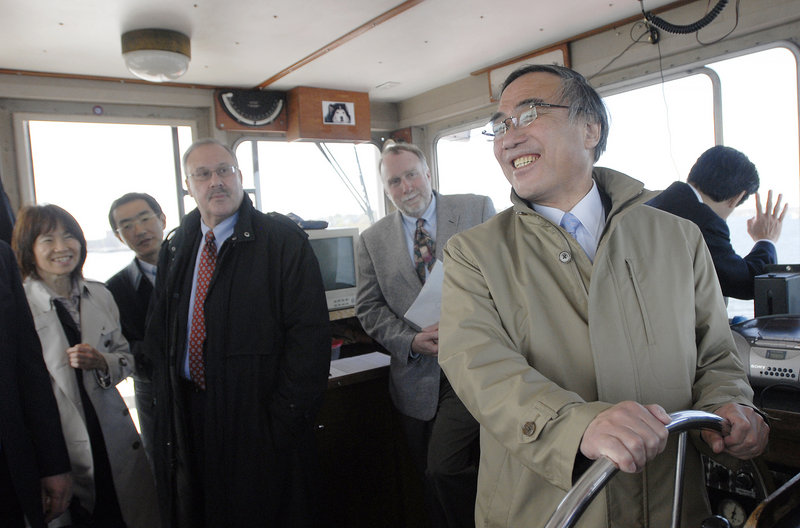
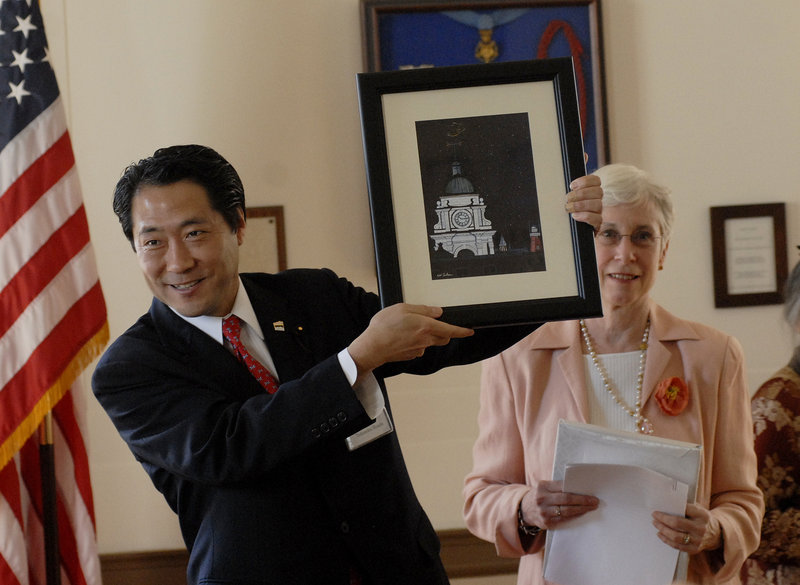
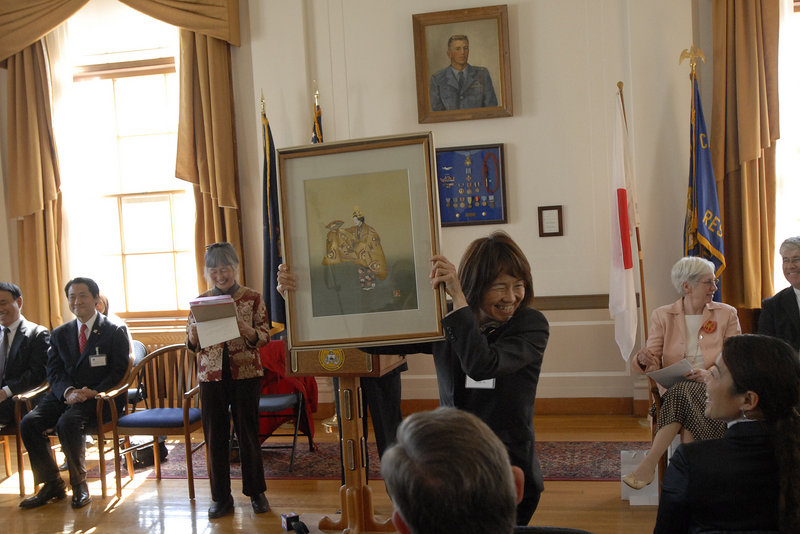
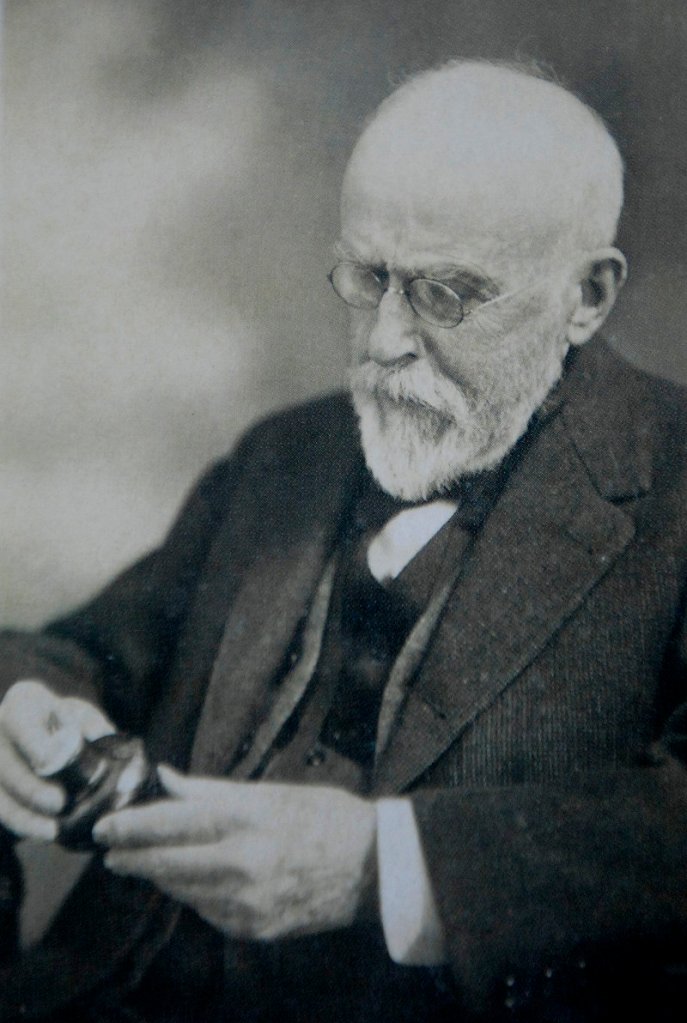
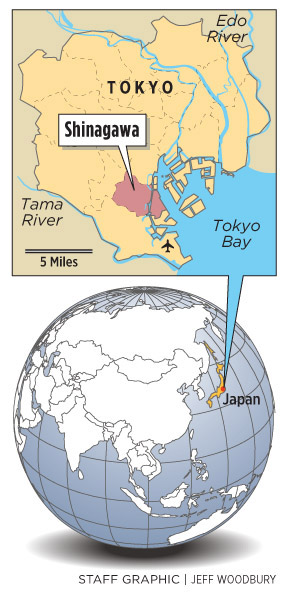

Success. Please wait for the page to reload. If the page does not reload within 5 seconds, please refresh the page.
Enter your email and password to access comments.
Hi, to comment on stories you must . This profile is in addition to your subscription and website login.
Already have a commenting profile? .
Invalid username/password.
Please check your email to confirm and complete your registration.
Only subscribers are eligible to post comments. Please subscribe or login first for digital access. Here’s why.
Use the form below to reset your password. When you've submitted your account email, we will send an email with a reset code.